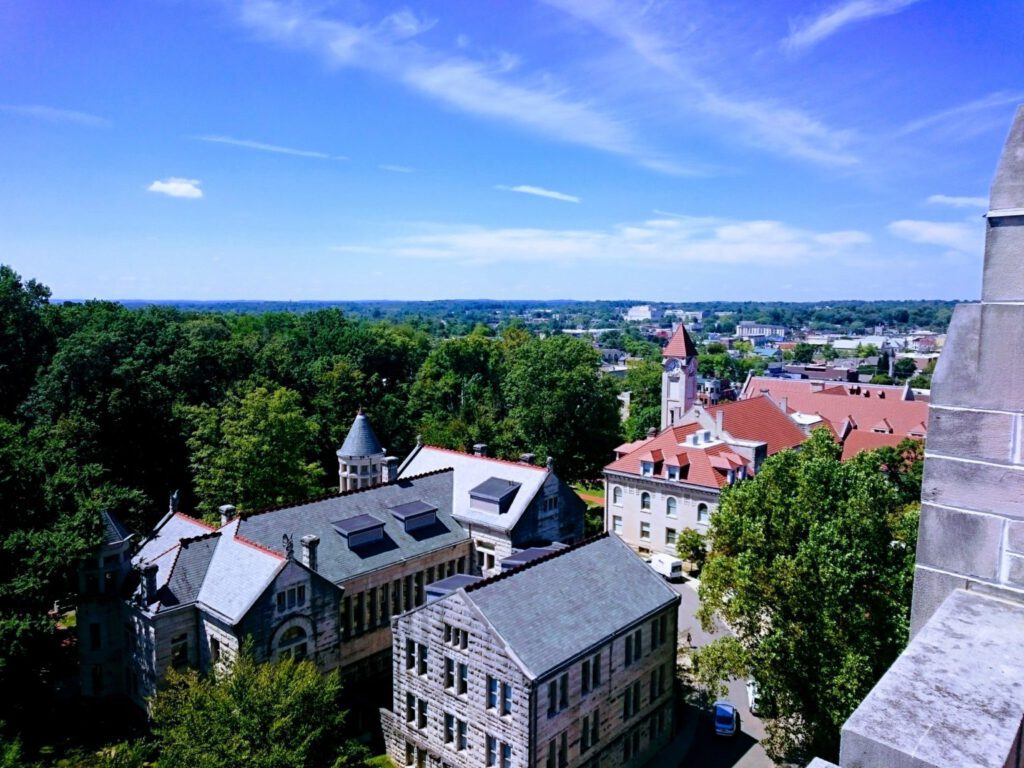Exact dates TBD.
July 2021 – December 2021.
Session 1: Overview of the Forestry Appendix to the USCP & the LEARN Tool
Learn how carbon cycles in forests influence emissions and removals. Define the data needed to inspect land use change and how to use ICLEI USA’s new LEARN Tool
Session 2: Forest Activity Data
Develop a Land Use Change Matrix and start conditioning your data using Spatial Analysis or a Tree Inventory
Session 3: Trees Outside of Forests Activity Data
In many communities, trees are also present in non-forest areas, such as urban trees and trees growing on farms. While changes to the tree canopy outside forests don’t lead to a land use change, they can contribute significantly to the community’s GHG inventory.
Session 4: Forest Disturbances
This session examines the extent to which disturbances have been impacting forests in the inventory area, including deforestation, wildfire, insects, weather, and timber harvesting. The impact of these disturbances is highly variable at the local scale, so it is important to understand and quantify their extent and severity for assessing the overall carbon balance of forests in the inventory area.
Session 5: Forest Emission and Removal Factors
Both emission and removal factors are variables that depend on forest type, forest age, ecosystem carbon stock, and management intensity — these variables are used to stratify the area and improve local estimates.
Session 6: Emissions and Removal Factors from Trees Outside of Forests
Trees outside forests have some different characteristics than trees on forest land, and the sources of data are different.
Intersessional one-on-one check-ins
For 4 weeks, we will conduct calls with each community, answering questions and checking (or trouble-shooting) the calculations made to date for the inventory.
Session 7: Reporting and Interpreting Results
We will walk through the final reporting template and summary tables, discuss what each graph is showing, how it can be interpreted, and answer questions.We will also make recommendations on developing a presentation for the data and documenting the process (for future inventory compilers).
Session 8: Wrapup: Sharing Results and What it All Means
In this final session, we will help communities put the figures they generated into a broader context of climate action and put communits in groups to discuss their experience conducting a forestry inventory.
Wrapup: Communications, Celebrating, and Reporting Results
– Project wrap up, communication, celebrating the community participants, and reporting results
– Additional check-ins as needed
